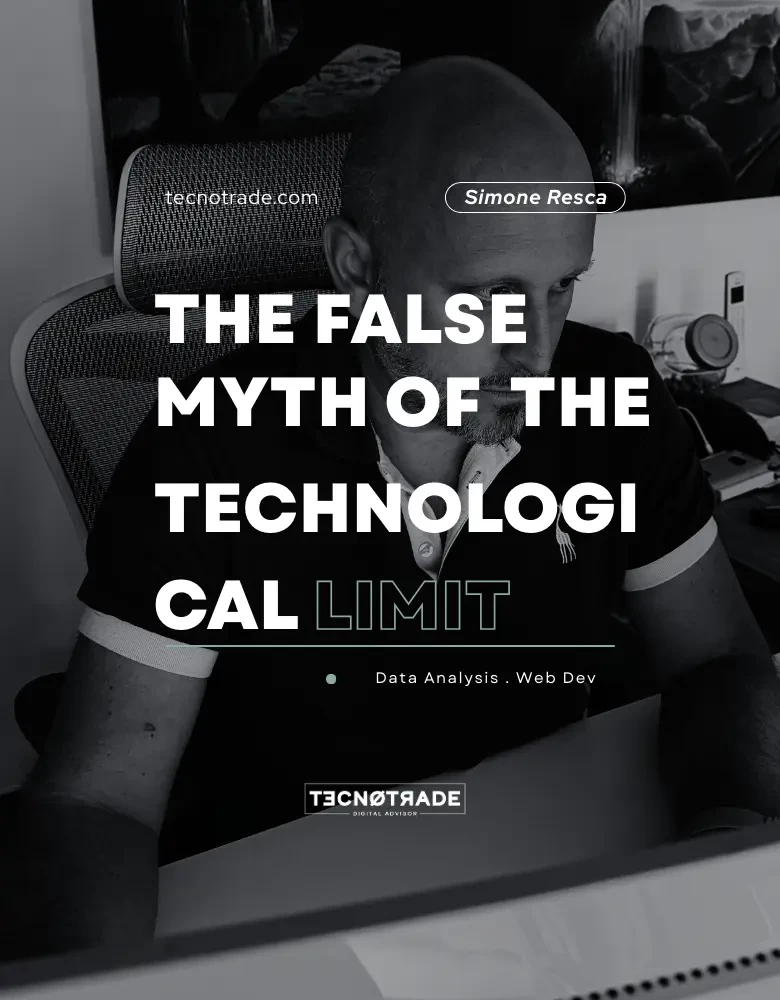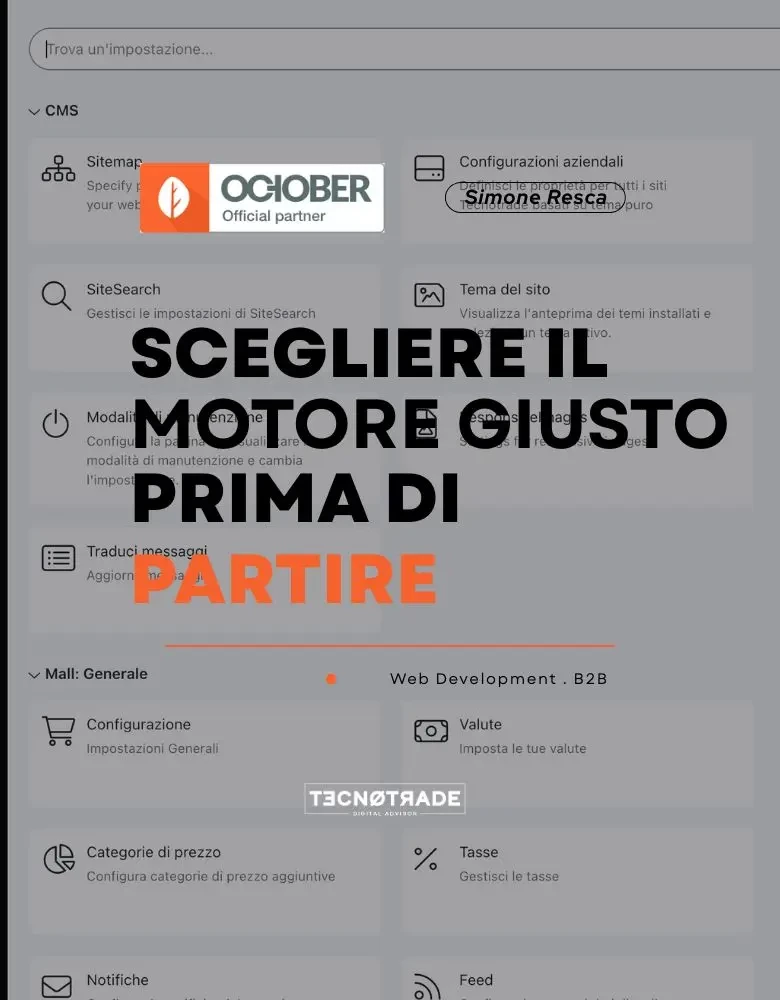Every day we hear that a solution is too difficult or even impossible to achieve.
But the truth is that in 99% of cases the real obstacle is not technological, it’s communicational.
In this article, we explore the value of initial analysis, the importance of truly understanding the problem, and how technology, when guided by a clear direction, can lead to unimaginable results.
"It can't be done": the false myth of the technological limit
In the digital sector, one of the most frequent phrases I hear is: "This is too difficult, it can't be done."
Usually, it comes from discouraged entrepreneurs, technical teams who have already been told "no" elsewhere, or from those who have already invested time and money in failed attempts.
But in the vast majority of cases, this statement is simply false.
The problem is (almost) never the technology.
The problem is understanding.
When someone says a solution is "too difficult," it often means that the problem was not fully understood.
The request may have been poorly formulated or interpreted with incorrect technical language.
Or worse, it was viewed through the lens of someone who already had a standardized solution in mind without truly wanting to understand what the client was asking for.
The paradox is that today we have more tools, frameworks, libraries, and APIs than ever before.
But with all this abundance, the basic element is often missing: time to listen.
Listening properly to the client, the context, the constraints, and the resources.
Too often, we immediately look for the right tool without first asking: "What is the real need?"
Let’s think of a practical example: a manufacturing company wants to "automate the order flow".
The request comes like this, with little further detail.
Some partners might suggest a prepackaged ERP, others an integration with a CRM, and others a custom app.
But no one asks: how does the current process work?
Who are the actors involved?
Where does the system jam?
The real value is hidden there.
Only there.
Very often, those who say it's impossible mean: “I haven’t figured out how to get there using the tools I know.”
But in a constantly evolving digital world, limiting ourselves to what we already know is no longer acceptable.
The job of the digital advisor is precisely this: to pause, listen, reformulate the request, and then seek the real solution.
Not in the trendiest tool, but in the analysis.
Analysis is 99% of the project (but no one tells you)
We live in a world in a hurry.
Projects must start immediately, quotes must be ready in 48 hours, companies want results within the quarter.
In this context, talking about "analysis" often sounds like a waste of time.
But it’s exactly the opposite.
Good analysis is 80% of the project.
It’s what separates a successful investment from a digital bloodbath.
Analysis is listening.
But it’s not just an informal chat.
It’s a structured process.
It means:
- collecting real functional requirements
- identifying existing operational flows
- understanding technical and regulatory constraints
- mapping relationships between systems
- defining the project’s strategic objectives
And also: it means questioning what is taken for granted.
A recurring example: the client says they want "a customer portal".
But then, digging deeper, it turns out what they really need is a system to notify the status of shipments in real time, because they get dozens of phone calls a day.
The portal is just a form, not the answer.
A good analysis brings these things to light.
And once they come to light, everything changes: the strategy changes, the budget changes, the perceived value of the project changes.
Many projects fail or stall not due to technical limits but due to a mistake at the start.
They didn't start from the need, but from the technology.
Analysis is also a risk reduction tool.
A clear map prevents surprises.
It allows for more accurate estimates of time, cost, and resources.
And above all, it creates alignment among all parties: managers, suppliers, developers, end users.
In short: investing in analysis means saving later.
Without a course, there is no favorable wind: technology is a means, not the end
One of the mantras we often repeat at the company is this: "There’s no favorable wind for the sailor who doesn’t know where to go."
And we don’t say it to be philosophical.
In the digital world, it’s far too easy to be seduced by technology.
Artificial intelligence, blockchain, microservices, automations... every day a new trend emerges.
But the truth is that without a clear direction, every tool becomes noise.
Technology is a means.
It serves to achieve a goal.
But if that goal is not defined, even the best technology risks becoming a useless cost.
The “course” we talk about is the result of analysis.
It’s the synthesis of real needs, operational context, market constraints, and technological opportunities.
It’s the strategy that guides the following decisions.
Let’s take, for example, a company that decides to "digitize the sales process".
Without a course, we might end up with:
- a complex CRM, used at 10%
- a disconnected lead-to-sale flow
- a team working more slowly than before
With a clear course, instead, we might have:
- a lightweight but integrated tool
- useful and non-invasive automations
- reporting that drives decisions
It’s not the technology that makes the difference, but how you fit it into the overall design.
Those who lead digital projects must first and foremost be architects: someone who designs the structure, the route, the vision.
Only then comes the choice of tools, languages, platforms.
This is why today, more than ever, we need a figure capable of connecting needs and solutions: a digital advisor.
Someone who can say "no" to the wrong software, even if it's trendy.
And who knows how to lead a choice that’s not only efficient but also sustainable over time.
If you don’t know where you want to go, every platform is wrong.
And every wind will lead you astray.



